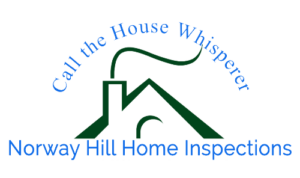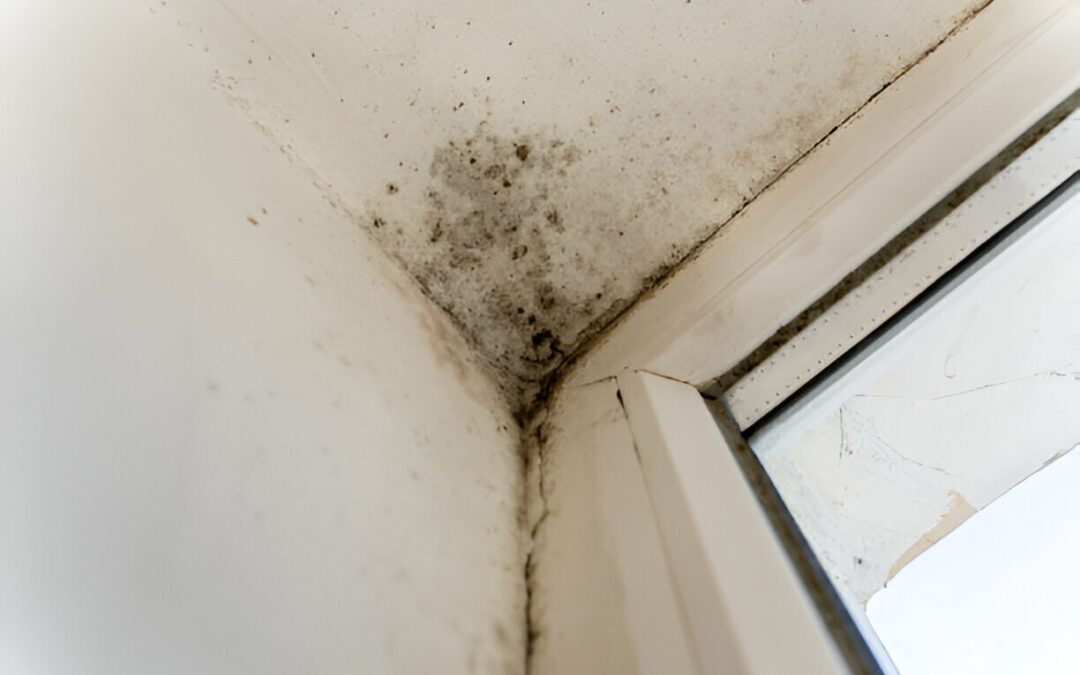You enter your dream house, showcasing fresh paintwork with gleaming floors and sunshine coming in through the windows. Everything seems picture-perfect; however, behind those walls or under that carpet lies something that may harm your health and drain your money: mold.
Mold testing isn’t just about peace of mind. It is an important measure for ensuring the safety of your home and the people you care about.
In this blog, we’ll walk you through exactly how inspectors check for mold during a home inspection, what tools they use, and why it’s something you shouldn’t ignore.
Why Mold Is More Dangerous Than You Can Imagine
Mold is a subtle and cunning nuisance. It thrives in dark, moist areas, such as behind drywall, under sinks, and in attics, and is often not noticed until it has caused damage.
The Centers for Disease Control and Prevention (CDC) have noted that some of the health effects of mold exposure include a stuffy nose, a sore throat, coughing, wheezing, and skin irritation. Mold can be particularly harmful to individuals with asthma or allergies.
In addition to health problems, mold can also damage your house. It can rot wood and destroy the integrity of drywall, causing costly repairs.
When Should You Get Mold Testing
Not every home will need mold testing, but in many situations, it’s a wise choice. Consider scheduling mold testing if:
- You notice visible mold, or you smell a mildew-like odor.
- Your house has recently experienced water damage or floods.
- You are purchasing a new house, particularly an older one.
- One of the occupants in the house is having allergies or breathing problems for no apparent reason.
- The house has undergone renovations, or you plan to do so.
- You want to sell your home.
A thorough home inspection check for mold will often reveal hidden mold that might otherwise be missed.
How are Mold Inspections Performed
Now, let’s dive into how professional inspectors approach mold testing. Instead of walking around and looking, they employ a set of tools that, together with knowledge and experience, help them spot problems.
Visual Inspection
All mold tests begin with a visual inspection. Inspectors seek to find:
- Water stains.
- Discoloration on the walls or the ceiling.
- Peeling paint or wallpaper.
- Deformed floors or wood.
- Apparent mold growth (green, black, or white spots).
They also inspect humid areas, such as bathrooms, basements, crawl spaces, and attics.
Moisture Mapping and Thermal Imaging
Mold will likely appear where there is moisture. Inspectors use moisture meters to detect moisture in the walls, floors, and ceilings. They also use infrared cameras to notice temperature variations that are likely to reveal water leaks.
Air Sampling
Here things turn more scientific.
Inspectors gather air samples from various rooms. They are forwarded to certified laboratories, where technicians identify the mold spores.
This is significant because, even though mold may not be visible, it can still release mold spores into the air, potentially causing asthma or allergies in people.
Surface Sampling
In some instances, the inspectors may sample directly from wall surfaces, furniture, vents, and other places to determine the type of mold growing and its concentration. This can be done by using swabs, tape lifts, or bulk sampling.
Lab Analysis
All the received samples are taken to a lab where professionals decide:
- Mold species.
- Spore concentration.
It could simply be the common household mold or something more sinister, like the Stachybotrys chartarum (black mold).
You normally get the results within a few days, allowing you to have a complete picture of the mold situation.
Typical Molds in Homes
These are some of the common mold types:
- Cladosporium: It grows on wood, carpets, etc.
- Penicillium: It is commonly found in water-damaged buildings.
- Aspergillus: This mold is commonly found indoors and can cause allergies.
- Stachybotrys (Black Mold): Rare but highly poisonous; found in extremely wet environments or those that were once waterlogged.
Identification of the type will determine the risk level and the best approach for removing it.
What Happens After Mold Testing
Once mold testing is complete, your inspector will provide a detailed report. In case the mold is detected, the following actions tend to follow:
- A mold expert should be hired.
- Remedy the source of humidity.
- Improving the ventilation and insulation.
- Re-testing to reassure that the mold is eliminated.
If the mold concentration is equal to or less than 10 square feet, you can try cleaning it yourself. For larger mold infestations, hire a professional to eliminate them effectively.
Prevention Is Better than a Cure
After getting rid of mold, or in the case that you are lucky enough to receive a mold-free report, the key is to be proactive and prevent its recurrence. Here’s what you can do in this regard:
- Maintain humidity to be less than 60% (preferably 30-50%).
- Use exhaust fans in bathrooms and kitchens to improve air quality.
- Fix up leaks immediately.
- Ensure proper drainage around your house.
- Use a dehumidifier in the basement or a humid place.
Taking such small steps would make a big difference.
Final Thoughts: Don’t Disregard the Signs
Mold testing isn’t just for worst-case scenarios. It’s a smart, proactive measure to always check for mold, especially during a home inspection. It is worth it if you are a buyer, seller, or simply intend to ensure a healthy environment.
Inspectors can prevent a nightmare by discovering mold in its early stage using appropriate equipment and the required expertise. With appropriate measures, you can keep your house safe, take care of your health, and enjoy peace of mind.
Whether you need to confirm the presence of mold, want to seek assurance before listing your home for sale, or are considering purchasing a home, Norway Hill Home Inspections can help. Our certified inspectors can detect hidden mold by employing advanced instruments and test procedures, and provide clear and accurate findings.
Schedule your professional mold testing today with Norway Hill Home Inspection, because a healthy home starts with knowing what’s behind the walls.

